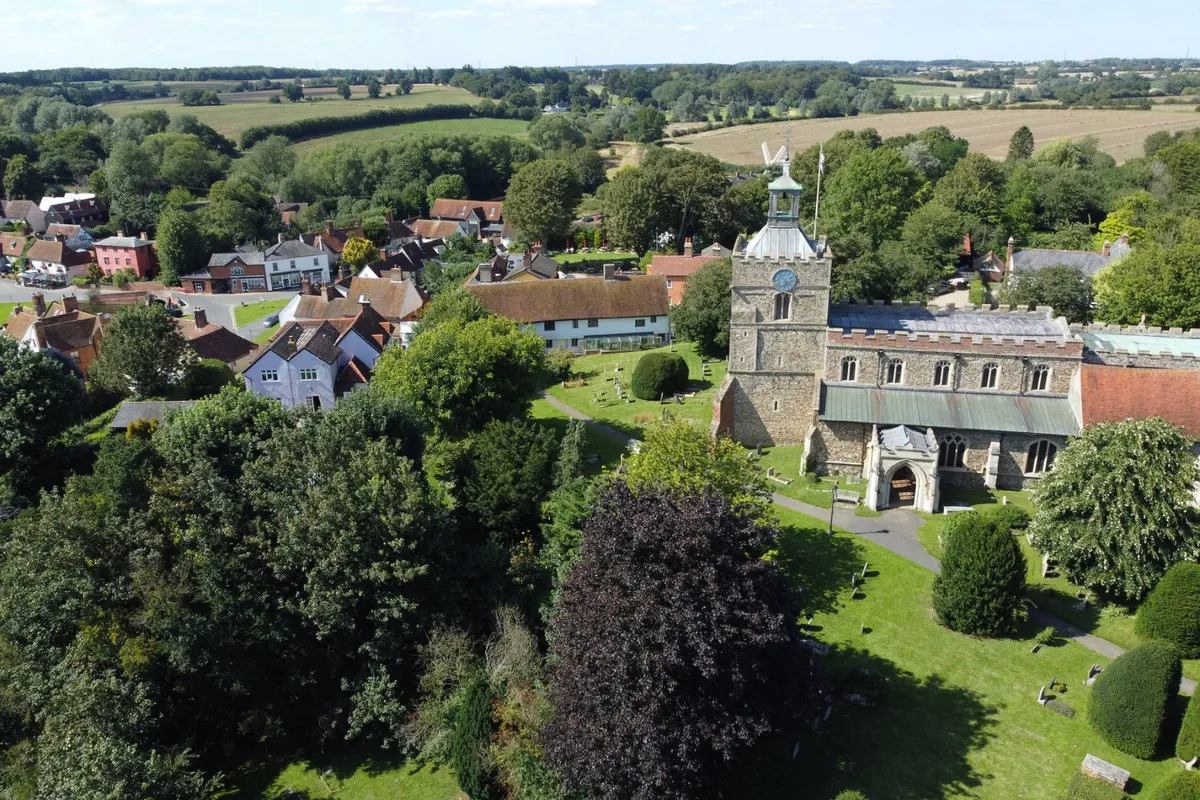In an East Anglian woodland flanked by agriculture, an engineering project is taking place for the first time in centuries. A beaver packs mud into a dam across Finchingfield Brook, and the human residents of a pretty Essex village not far downstream benefit from its behaviour.
Beavers were reintroduced to the Spains Hall Estate in 2019 under licence from Natural England as part of a natural flood management project developed between the estate and the Environment Agency.
Unorthodox flood management
Once extinct in Britain due to medieval hunting, beavers have been increasingly sought for reintroduction projects – not only to restore nature but to combat flooding.
New evidence from Spains Hall Estate suggests that this unorthodox approach to flood risk can work. The nine dams that the reintroduced beavers – now numbering 11 – have built are storing an estimated three million litres of stormwater, slowing the flow and softening sudden outbursts downstream.
Not only does this tame torrential winter downpours, but the ponds that accumulate behind the dams also provide a steady supply of water during the summer.
The nine dams that the reintroduced beavers have built are storing an estimated three million litres of stormwater, slowing the flow and softening sudden outbursts downstream.
The beavers undertake this landscape management to submerge the entrances to their own burrows, but the wider impacts are dramatic.
Apart from the potential benefits to people, wildlife as diverse as invertebrates, kingfishers and bats thrive in the new wetland habitat. Beavers open up the canopy as they fell trees, providing niches for shade-intolerant plants.
Beavers: for and against
Their impact in the wider British landscape is not completely free from controversy, however; agricultural land can be flooded and anglers express concerns about trout and salmon being unable to migrate past dams. However, recent research has suggested that beaver ponds can provide important trout habitat.

Back in the Finchingfield Brook, beavers enjoy support from the village.
Archie Ruggles-Brise, Spains Hall Estate Manager, comments: “We took a chance five years ago that bringing beavers back would be beneficial, and it’s proven to be better than we could ever have imagined.
"Locally there is widespread support for the beavers and their work, with the community really taking them to their heart. You can even find beaver greetings cards, beaver beer and beaver-themes on local menus!”
